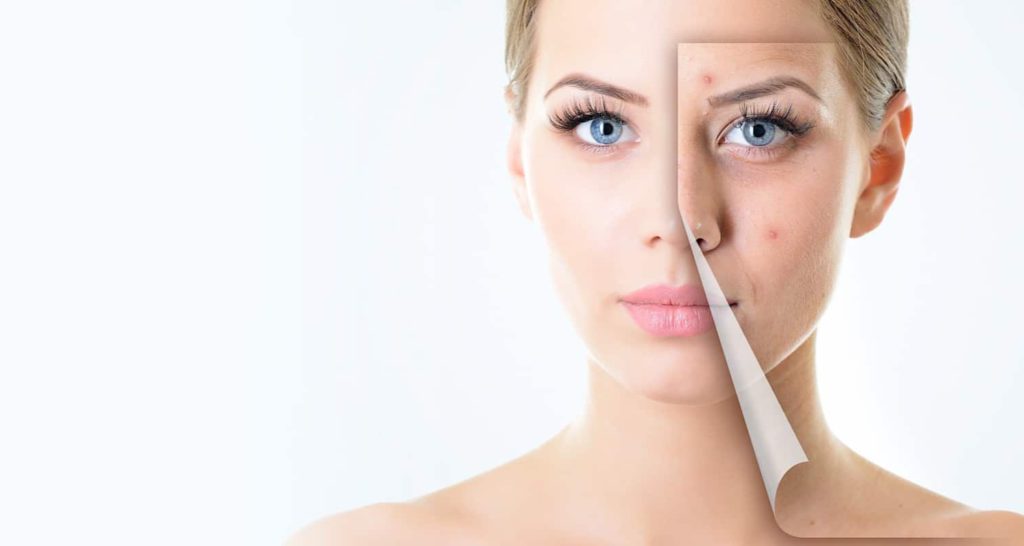
Know more about scar treatments
Skin is a smooth tissue, similar to a fine cloth that protects valuable things. Consider a piece of silk. A single small scar can drastically alter the appearance. The same is true for skin. Scars can be caused by any type of burn, injury, or trauma, such as surgery. Scars are complicated. To treat you safely and efficiently, the person treating you must be aware of your medical history and the type of scar you have.
Scar therapy varies depending on the type of scar. Your age and the length of time you've had the scar may also influence the type of treatment that works best for you.
Scars keloid growth
These scars are the result of a hasty healing process. They go beyond the initial injury. A keloid scar can restrict movement over time. Surgery to remove the scar, steroid injections, or silicone sheets to flatten the scar are all options for the treatment.
Scars contractures
A contracture scar develops, if your skin has been scorched. These scars tighten the skin, thus making it difficult to move. Contracture scars can also penetrate deeper into the skin, damaging muscles and nerves.
Scarring by hypertrophy
These are elevated, red scars that resemble keloids but do not extend beyond the site of the injury. Injections of cortisone to alleviate inflammation or silicone sheets to flatten the scar are among the treatments.
Acnescars
If you've had severe acne, you've most likely got scars to prove it. Acne scars occurs in a variety of shapes and sizes, ranging from deep pits to angular or wavelike scars. Treatment for such scar varies based on the type and size of the scar. Consult your dermatologist for more clear explanation on the type of treatment that provides best results for your acne.

